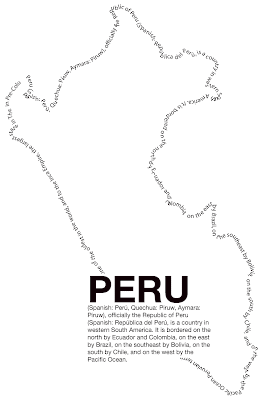This Photosynth I created depicts a multitude of food trucks who all converged on the TLofts at 11500 Tennessee Ave in West LA on the afternoon of Saturday, January 23rd for a fundraiser to raise money and awareness about the ongoing relief efforts in Haiti.
I feel like this is a great example of how VGI (volunteered geographic information) can work on multiple levels, and in the context of a Web 2.0+ world. At its most basic level, any VGI constructed Photosynth can give others the experience of being in a certain location at a certain point in time, in a more immersive manner than a simple photograph can. However, it can also help spread awareness about local events and macro events in several ways. For instance, this Photosynth in particular lets a viewer know that:
- There are luxury lofts that exist in this location, known as the TLofts.
- There are a multitude of food trucks in the West LA/LA area that serve food from various world cuisines, including sweets and desserts.
- These food trucks aren't necessarily easily found at first glance, but further research shows that they can be tracked via Web 2.0-friendly methods such as Twitter.
- Some proceeds from this event went to Red Cross International relief efforts in Haiti, and that there was some sort of catastrophe in Haiti which inspired such a fundraiser. (This is if a hypothetical viewer had been living under a rock for some reason.)
This is especially important given that this didn't get as much media attention as it should have, in my opinion. It combined a uniquely LA experience (specialty food trucks) while integrating current events and an indirect way of supporting the ongoing relief efforts in Haiti.
Some potential pitfalls include possible privacy concerns--as these methods become more ubiquitous, people will be captured in certain places and at certain times, whether they wish to be or not. Another potential issue is that of motive. Businesses seeking a form of cheap advertising may employ these methods to try and reach a larger audience. How about paying a volunteer geographer to make sure a certain billboard, poster, or building shows up clearly in their pictures? We can already see this to some extent as Google will soon be selling advertising space in its street-view images of popular destinations such as New York's Times Square, replacing whatever images were on digital billboards and buildings at the time that the street-view images were originally captured.
I highly recommend opening my Photosynth in a new window and viewing it in full-screen for the best viewing experience. Images can be zoomed in quite a bit as I elected to upload all the images in their full resolution. I realize that on a technical level the Photosynth could have been better, as realized by the 61% synthy score that was given. However I ask that you try and overlook the score and instead focus more on the content and its significance.
I've since learned that the algorithms used by Photosynth did not match up some of my pictures very well and I realize why. The large amounts of people present at this event--along with vehicle traffic--made it difficult to get in position for good overlapping images, as well as timing images so that they had the least about of 'noise' in them as possible. I could've made a Photosynth of something less interesting that would've scored closer to 100% (and I did in fact, by creating a Photosynth of a tree and some bushes, but I thought that was terribly boring,) but I don't think it could've approached how interesting and relevant this event was to some of the ideas that were described in the "Citzens as sensors" essay.













